Understanding Dietary Fiber and Its Benefits
Dietary fiber is a type of carbohydrate found in plant foods that your body can’t digest. Unlike other carbs that break down into sugar molecules, fiber passes through your digestive system relatively intact. This unique property is what makes fiber so valuable for both digestion and weight management.
| Fiber Type | Properties | Benefits | Food Sources |
| Soluble Fiber | Dissolves in water, forms gel-like substance | Lowers cholesterol, regulates blood sugar, feeds beneficial gut bacteria | Oats, beans, apples, citrus fruits, barley |
| Insoluble Fiber | Does not dissolve in water, adds bulk to stool | Prevents constipation, promotes regular bowel movements, supports gut health | Whole grains, nuts, beans, cauliflower, potatoes with skin |
How Fiber Supports Digestion
Fiber acts as nature’s broom, sweeping through your digestive tract and promoting regular bowel movements. It helps prevent constipation by adding bulk to your stool and drawing water into your intestines. Additionally, certain types of fiber serve as prebiotics, feeding the beneficial bacteria in your gut microbiome and supporting overall digestive health.
Fiber’s Role in Weight Management
When it comes to weight loss, fiber is your secret weapon. High fiber foods typically require more chewing, which slows down your eating and gives your body time to register fullness. Fiber-rich foods also take longer to digest, keeping you feeling satisfied for hours after eating. This natural appetite control can help reduce overall calorie intake without leaving you feeling deprived.
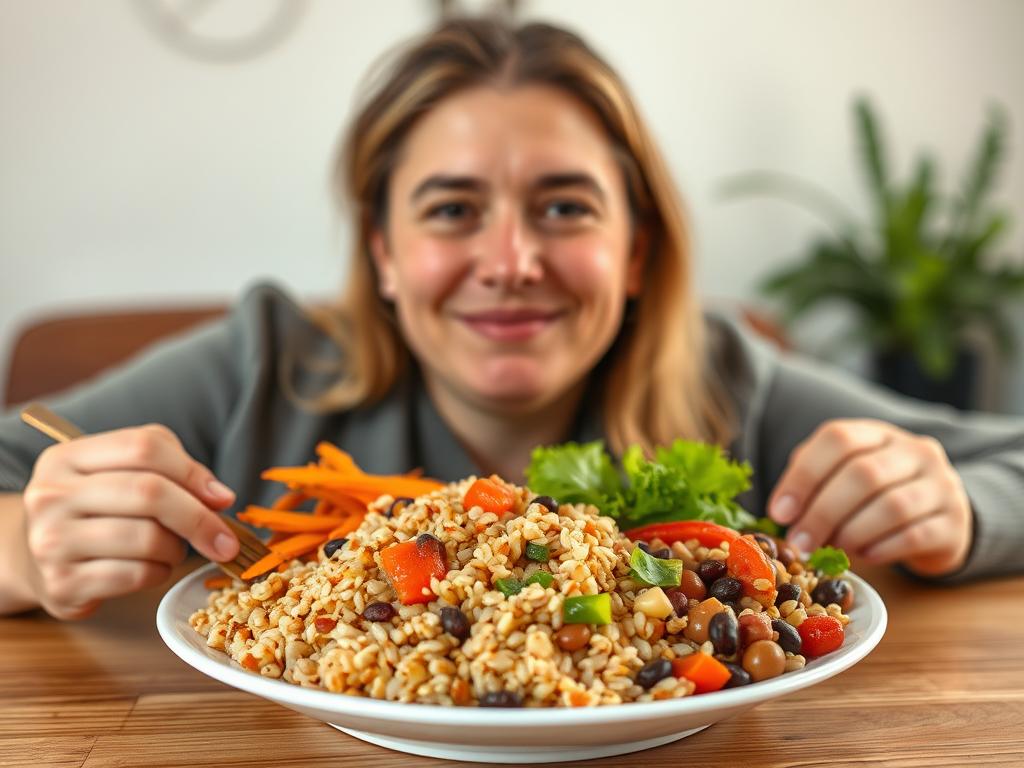
Did you know? Most adults should aim for 25-35 grams of fiber daily, but the average American consumes only about 15 grams. Adding just one high-fiber food to each meal can help bridge this nutritional gap.
15 Best High Fiber Foods for Better Digestion and Weight Loss
These powerhouse foods not only deliver impressive amounts of fiber but also provide essential vitamins, minerals, and antioxidants that support overall health. Let’s explore the top high fiber foods that deserve a place on your plate.
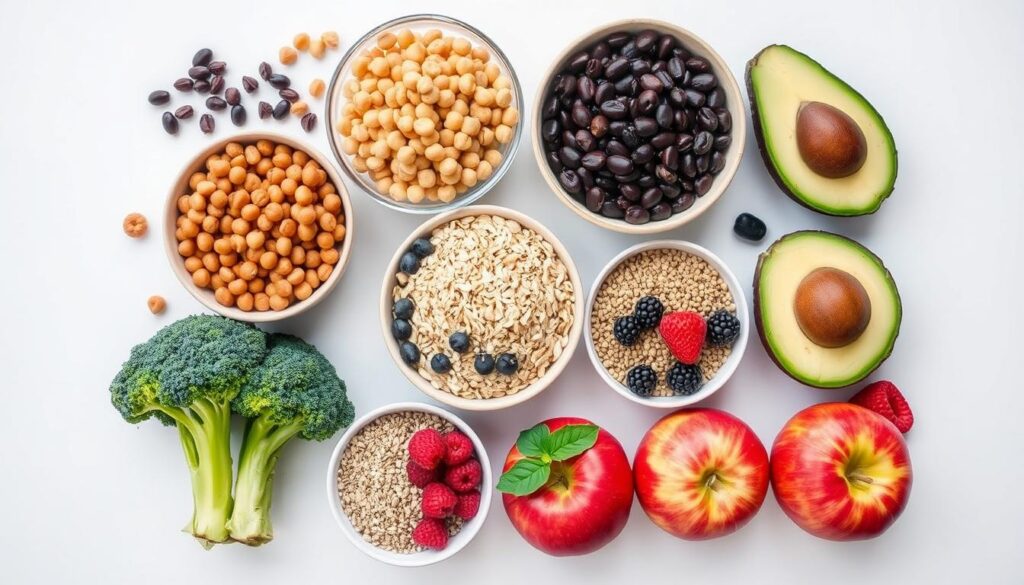
Fiber-Rich Legumes
1. Lentils
Fiber content: 15.6 grams per cup (cooked)
Gut health benefits: Lentils are packed with prebiotic fiber that feeds beneficial gut bacteria. They help maintain a healthy gut microbiome and support regular bowel movements.
Weight loss benefits: With their high protein and fiber content, lentils keep you feeling full longer while providing steady energy. Their low glycemic index helps prevent blood sugar spikes that can lead to cravings.
2. Black Beans
Fiber content: 15 grams per cup (cooked)
Gut health benefits: Black beans contain resistant starch, a type of fiber that resists digestion and feeds beneficial gut bacteria, improving overall gut health.
Weight loss benefits: The combination of fiber and protein in black beans helps control appetite and stabilize blood sugar levels, preventing overeating.
3. Chickpeas
Fiber content: 12.5 grams per cup (cooked)
Gut health benefits: Chickpeas support digestive health by promoting regular bowel movements and feeding beneficial gut bacteria.
Weight loss benefits: Their high fiber and protein content increases satiety and helps control hunger between meals.
High-Fiber Whole Grains
4. Oats
Fiber content: 8 grams per cup (cooked)
Gut health benefits: Oats contain beta-glucan, a soluble fiber that forms a gel-like substance in the gut, supporting digestive health and regular bowel movements.
Weight loss benefits: The beta-glucan in oats helps you feel full longer and may reduce calorie intake at subsequent meals.
5. Quinoa
Fiber content: 5.2 grams per cup (cooked)
Gut health benefits: Quinoa provides both soluble and insoluble fiber, supporting overall digestive health and regular elimination.
Weight loss benefits: As a complete protein source with significant fiber, quinoa helps control appetite and provides sustained energy.
6. Barley
Fiber content: 6 grams per cup (cooked)
Gut health benefits: Barley contains beta-glucans that support gut health and may reduce inflammation in the digestive tract.
Weight loss benefits: The high fiber content slows digestion, keeping you full longer and helping to control blood sugar levels.
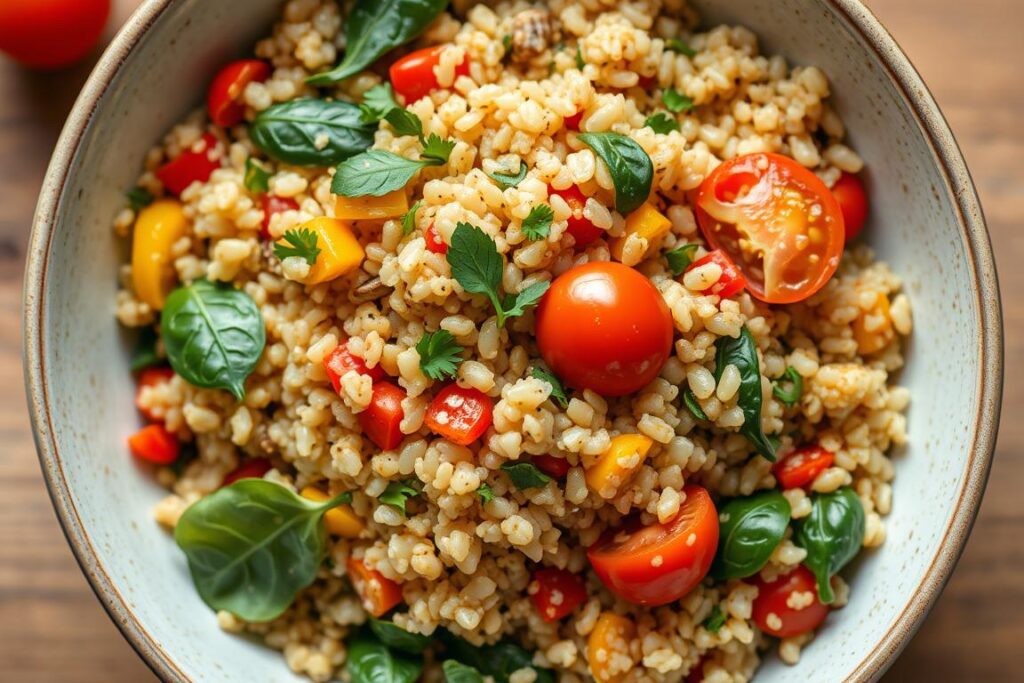
Fiber-Rich Fruits
7. Raspberries
Fiber content: 8 grams per cup
Gut health benefits: Raspberries contain both soluble and insoluble fiber, supporting digestive health and feeding beneficial gut bacteria.
Weight loss benefits: Low in calories but high in fiber, raspberries make a satisfying snack that can help control hunger.
8. Avocados
Fiber content: 10 grams per medium avocado
Gut health benefits: Avocados provide both soluble and insoluble fiber, supporting overall digestive health and regular bowel movements.
Weight loss benefits: Despite being higher in calories, the healthy fats and fiber in avocados increase satiety and may help reduce overall calorie intake.
9. Pears
Fiber content: 5.5 grams per medium pear
Gut health benefits: Pears contain soluble fiber that helps soften stool and insoluble fiber that adds bulk, promoting regular bowel movements.
Weight loss benefits: The high water and fiber content of pears makes them filling despite their low calorie count.
Fiber-Packed Vegetables
10. Artichokes
Fiber content: 10.3 grams per medium artichoke (cooked)
Gut health benefits: Artichokes contain inulin, a prebiotic fiber that promotes the growth of beneficial gut bacteria.
Weight loss benefits: Low in calories but high in fiber, artichokes help you feel full while consuming fewer calories.
11. Broccoli
Fiber content: 5 grams per cup (cooked)
Gut health benefits: Broccoli contains both soluble and insoluble fiber, supporting overall digestive health and regular elimination.
Weight loss benefits: With its high water and fiber content, broccoli helps you feel full while consuming very few calories.
12. Brussels Sprouts
Fiber content: 4 grams per cup (cooked)
Gut health benefits: Brussels sprouts contain prebiotic fiber that feeds beneficial gut bacteria and supports digestive health.
Weight loss benefits: Their high fiber and water content makes them filling despite being low in calories.
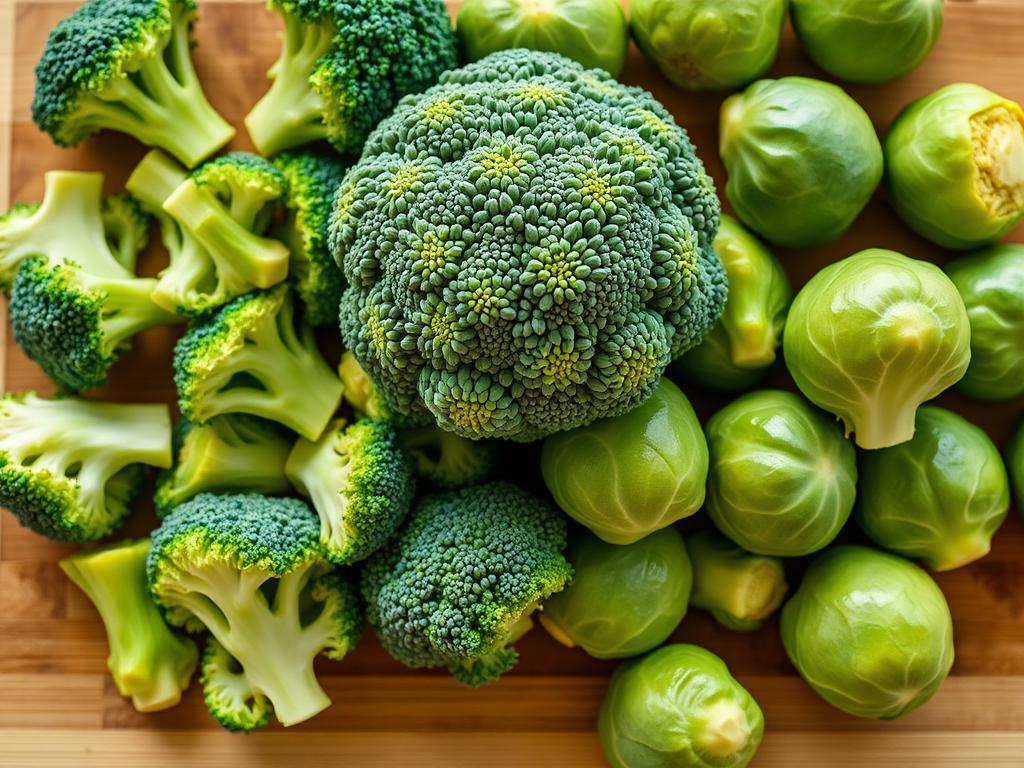
Seeds and Nuts with High Fiber
13. Chia Seeds
Fiber content: 10 grams per ounce (2 tablespoons)
Gut health benefits: Chia seeds form a gel-like substance in the digestive tract, supporting regular bowel movements and feeding beneficial gut bacteria.
Weight loss benefits: When soaked, chia seeds expand and help you feel full longer, potentially reducing overall calorie intake.
14. Flaxseeds
Fiber content: 7.8 grams per ounce (2 tablespoons, ground)
Gut health benefits: Ground flaxseeds provide both soluble and insoluble fiber, supporting digestive health and regular elimination.
Weight loss benefits: The combination of fiber and healthy fats helps control appetite and reduce hunger between meals.
15. Almonds
Fiber content: 3.5 grams per ounce (23 almonds)
Gut health benefits: Almonds provide prebiotic fiber that supports gut health and may improve the gut microbiome.
Weight loss benefits: Despite being calorie-dense, research shows that regular almond consumption is associated with lower body weight and reduced waist circumference.
Get Your High-Fiber Foods Shopping List
Never forget which foods to buy! Download our printable high-fiber shopping list to keep in your kitchen or take to the grocery store.
Simple and Delicious High Fiber Recipes
Adding more fiber to your diet doesn’t have to be complicated or bland. These easy, fiber-rich recipes are not only delicious but also help you meet your daily fiber goals while supporting digestion and weight management.
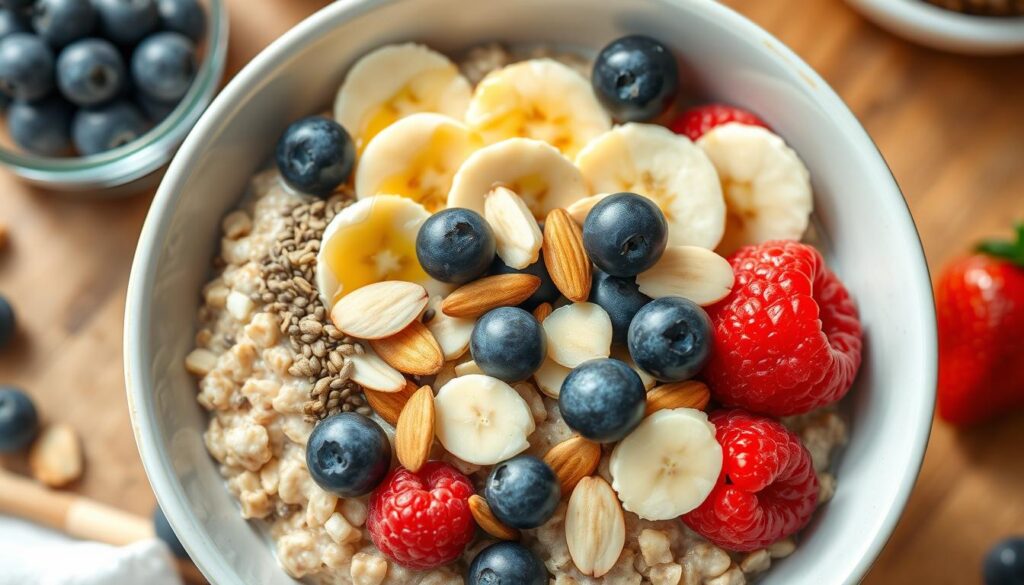
Overnight Berry Chia Pudding
Fiber per serving: 12g
Ingredients:
- 2 tablespoons chia seeds
- 1 cup unsweetened almond milk
- 1 tablespoon maple syrup or honey
- ½ teaspoon vanilla extract
- ½ cup mixed berries (raspberries, blueberries)
- 1 tablespoon sliced almonds
Instructions:
- Mix chia seeds, almond milk, sweetener, and vanilla in a jar or container.
- Stir well and refrigerate overnight or for at least 4 hours.
- Top with fresh berries and sliced almonds before serving.
Lentil and Vegetable Soup
Fiber per serving: 15g
Ingredients:
- 1 cup dried lentils, rinsed
- 1 onion, diced
- 2 carrots, diced
- 2 celery stalks, diced
- 3 cloves garlic, minced
- 1 cup chopped kale or spinach
- 6 cups vegetable broth
- 1 teaspoon cumin
- ½ teaspoon turmeric
- Salt and pepper to taste
Instructions:
- Sauté onion, carrots, celery, and garlic in olive oil until softened.
- Add lentils, broth, and spices. Bring to a boil, then simmer for 25 minutes.
- Add chopped greens and cook for another 5 minutes.
- Season with salt and pepper before serving.
Quinoa and Black Bean Salad
Fiber per serving: 14g
Ingredients:
- 1 cup cooked quinoa
- 1 cup black beans, rinsed and drained
- 1 bell pepper, diced
- 1 cup cherry tomatoes, halved
- ¼ cup red onion, finely diced
- 1 avocado, diced
- ¼ cup cilantro, chopped
- 2 tablespoons olive oil
- 1 tablespoon lime juice
- 1 teaspoon cumin
- Salt and pepper to taste
Instructions:
- Combine quinoa, black beans, vegetables, and cilantro in a large bowl.
- Whisk together olive oil, lime juice, cumin, salt, and pepper.
- Pour dressing over salad and toss gently to combine.
- Add avocado just before serving and toss gently.
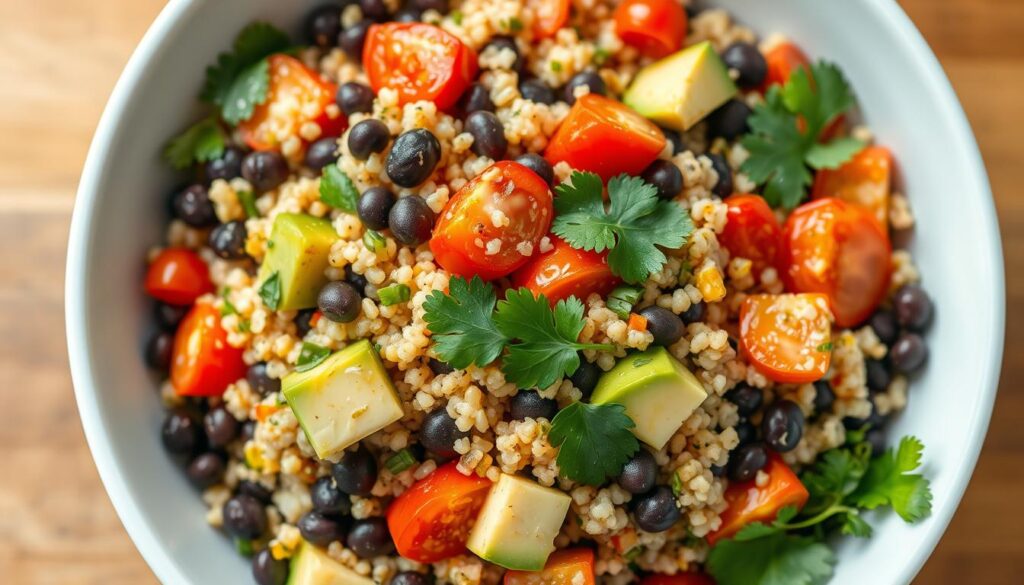
Want More Fiber-Rich Recipes?
Get our collection of 20+ delicious, easy-to-make recipes that are packed with fiber to support your digestive health and weight loss goals.
Practical Tips to Add More Fiber to Your Diet
Increasing your fiber intake doesn’t require a complete diet overhaul. These simple strategies can help you gradually boost your fiber consumption without causing digestive discomfort.
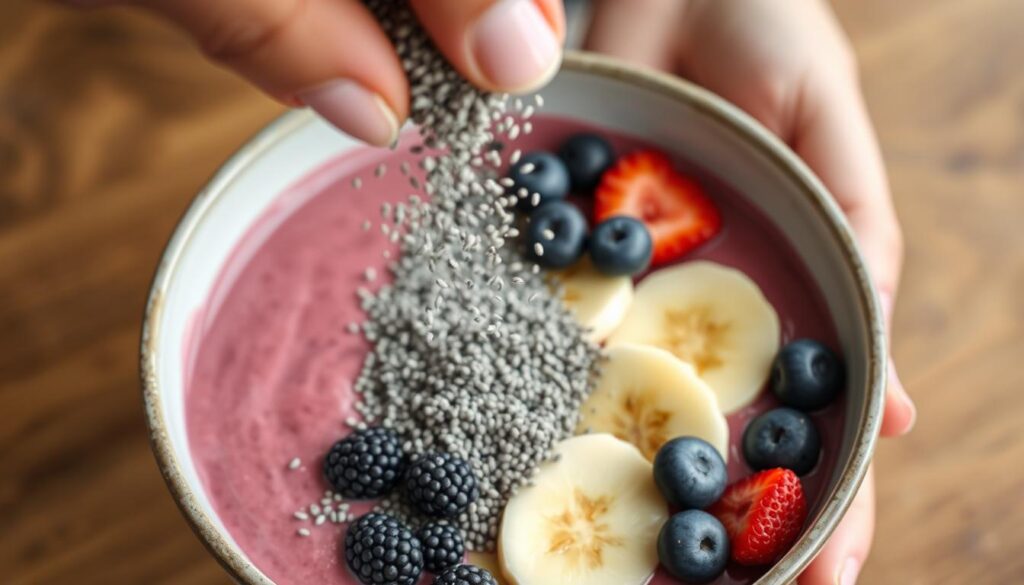
Simple Fiber Boosters
- Start your day with fiber: Choose high-fiber cereals, overnight oats, or add berries and flaxseeds to your yogurt.
- Swap refined grains for whole grains: Choose whole wheat bread instead of white, brown rice instead of white, and whole grain pasta instead of regular.
- Leave the skin on: The skin of fruits and vegetables contains significant fiber. When appropriate, keep the skin on apples, potatoes, and cucumbers.
- Snack on fiber: Keep fiber-rich snacks like nuts, seeds, and fresh fruit readily available.
- Add beans to everything: Toss beans into salads, soups, and pasta dishes for an easy fiber boost.
Fiber-Boosting Food Swaps
| Instead of | Choose | Fiber Gain |
| White rice | Brown rice or quinoa | +3-4g per cup |
| Fruit juice | Whole fruit | +3-5g per serving |
| Cream-based soup | Lentil or bean soup | +7-10g per bowl |
| Iceberg lettuce | Spinach or kale | +2-3g per cup |
| Chips | Air-popped popcorn | +3g per serving |
Gradual Increase is Key: To avoid digestive discomfort, increase your fiber intake gradually over several weeks. This gives your digestive system time to adjust. Aim to add just 5 grams of fiber per week until you reach your target.
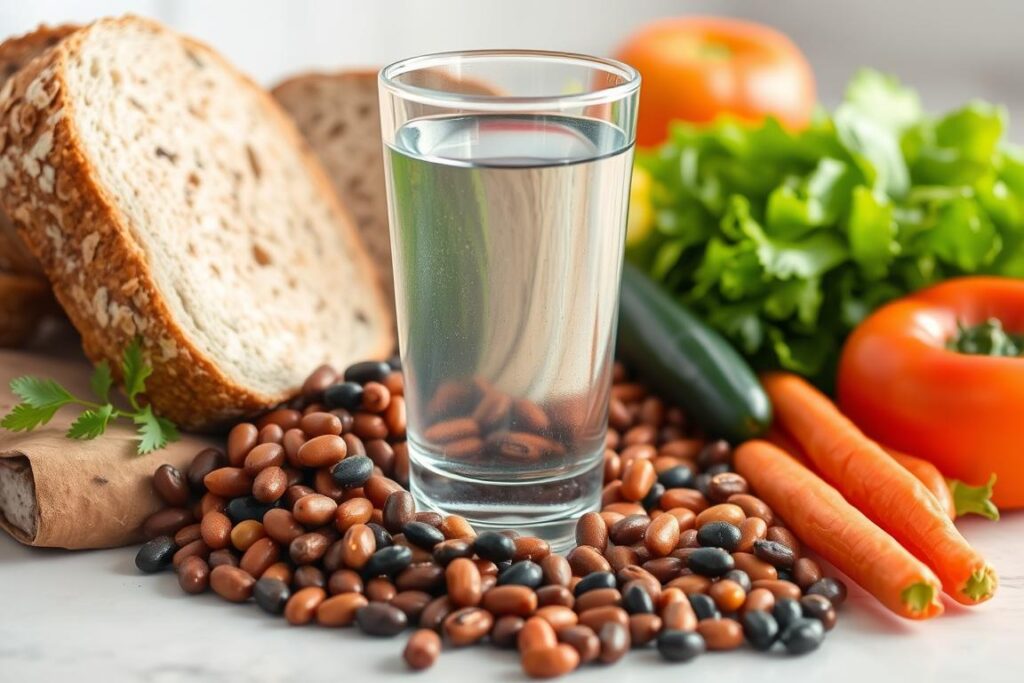
Don’t Forget to Hydrate! As you increase your fiber intake, it’s essential to drink plenty of water. Fiber works best when it can absorb water, which helps prevent constipation and supports healthy digestion. Aim for at least 8 glasses of water daily.
Frequently Asked Questions About High Fiber Foods
Can too much fiber cause bloating and gas?
Yes, increasing your fiber intake too quickly can cause digestive discomfort, including bloating, gas, and cramping. To avoid these issues, increase your fiber intake gradually over several weeks, giving your digestive system time to adjust. Start by adding just 5 grams of extra fiber per day and slowly work your way up to the recommended 25-35 grams. Also, make sure to drink plenty of water, as fiber needs fluid to work properly.
What are the best fiber sources for vegans?
Vegans have plenty of excellent fiber sources to choose from. Some of the best options include legumes (lentils, chickpeas, black beans), whole grains (oats, quinoa, brown rice), seeds (chia, flax, hemp), nuts (almonds, walnuts), and of course, fruits and vegetables. Particularly high-fiber vegan foods include chia seeds, lentils, black beans, artichokes, avocados, and raspberries. A well-planned vegan diet can easily meet or exceed daily fiber recommendations.
How does fiber help with weight loss?
Fiber supports weight loss through several mechanisms. First, high fiber foods typically require more chewing and take longer to eat, giving your body time to register fullness. Second, fiber slows digestion, helping you feel satisfied longer after meals. Third, many high-fiber foods have a low calorie density, meaning you can eat a larger volume of food for fewer calories. Finally, some research suggests that fiber may interfere with the absorption of a small amount of calories and fat from your diet.
Is it better to get fiber from supplements or foods?
While fiber supplements can help bridge the gap when dietary intake is insufficient, getting fiber from whole foods is generally preferable. Whole foods provide not just fiber but also vitamins, minerals, antioxidants, and other beneficial compounds that work synergistically. Additionally, different foods contain different types of fiber, and eating a variety of fiber-rich foods ensures you get both soluble and insoluble fiber. If you struggle to get enough fiber from your diet, supplements can be helpful, but they should complement rather than replace fiber-rich foods.
How much fiber do I need each day?
The recommended daily fiber intake varies by age and gender. For adults under 50, women should aim for 25 grams daily while men should target 38 grams. For adults over 50, women need about 21 grams and men need 30 grams daily. Children need less fiber based on their age, generally calculated as “age plus 5” in grams (e.g., a 5-year-old needs about 10 grams). Most Americans only consume about half of their recommended fiber intake, highlighting the importance of consciously including high fiber foods in your diet.
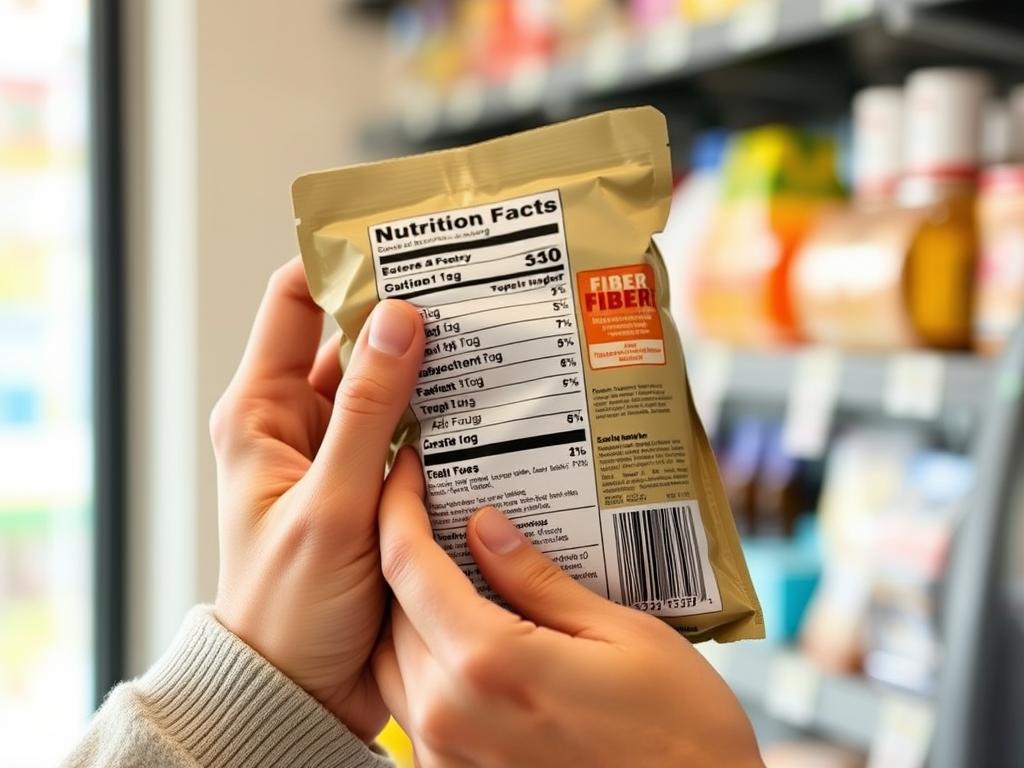
Start Your High Fiber Journey Today
Incorporating more high fiber foods into your diet is one of the simplest yet most effective changes you can make for better digestion and weight management. Remember that consistency is key, and small, gradual changes often lead to the most sustainable results.
Begin by adding just one additional high-fiber food to your diet each day. Perhaps it’s starting your morning with a bowl of oatmeal topped with berries, adding beans to your lunch salad, or swapping white rice for quinoa at dinner. These small changes add up quickly and can transform your health over time.
“The best approach to increasing fiber is to start slowly and be consistent. Your digestive system will thank you, and you’ll likely find that higher fiber eating becomes second nature over time.”
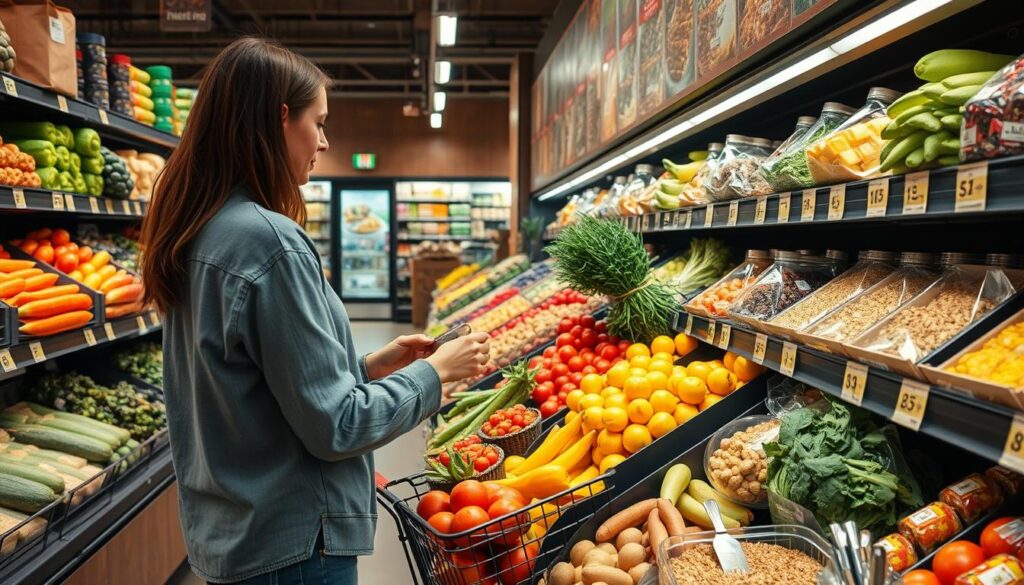
Ready to Transform Your Diet and Digestive Health?
Download our free 7-day high-fiber meal plan designed to gradually increase your fiber intake while supporting better digestion and weight management. Each day includes delicious, easy-to-prepare meals and snacks that will help you reach your fiber goals without bloating or discomfort.


[…] timing, and easy recipes you can try the same day. Expect clear steps and warnings about overuse so digestion stays […]
[…] Macros matter: one ounce has about 138 calories and ~10 g fiber. […]